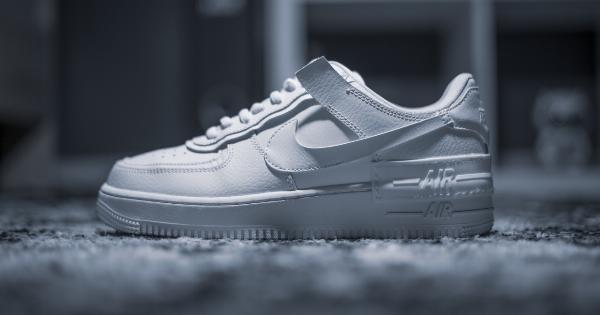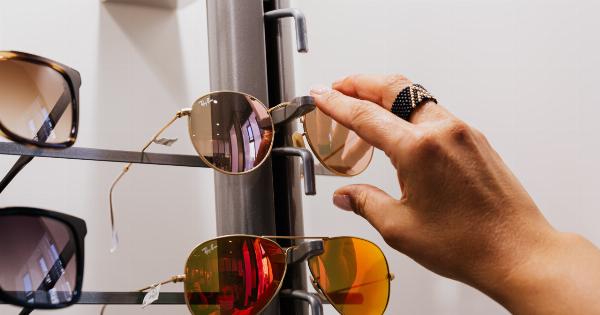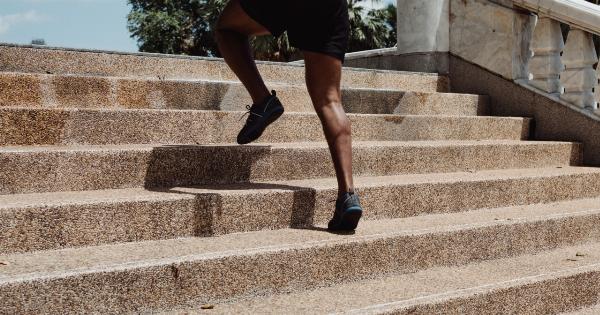When it comes to footwear, sneakers have become a popular choice for people of all ages and lifestyles.
Whether you are an athlete looking for optimal performance or simply seeking comfort and style, finding the perfect pair of sneakers can make a significant difference. With countless styles, brands, and technologies available, it can be overwhelming to navigate the sneaker market. However, by considering a few key factors, you can streamline your search and find the ideal sneakers for your needs.
1. Determine Your Purpose
The first step in choosing the perfect pair of sneakers is to determine your purpose.
Are you planning to use them for athletic activities such as running, basketball, or gym workouts? Or do you simply want a comfortable pair for everyday wear? Different sneakers are designed for specific activities, so identifying your purpose will help narrow down your options.
2. Consider Your Foot Type
Understanding your foot type is crucial in finding sneakers that offer the right support and comfort. There are three primary foot types: neutral, pronated, and supinated. Neutral feet have a normal arch and are the most common.
If you have neutral feet, you have a wide range of sneaker options. Pronated feet have low arches, causing the foot to roll inward, while supinated feet have high arches, causing the foot to roll outward.
If you have pronated or supinated feet, look for sneakers with specific stability or cushioning features to accommodate your foot type.
3. Fit and Size
Ensuring a proper fit and size is essential for both comfort and performance. Remember that sneaker sizes can vary across brands, so it’s crucial to try them on before making a purchase.
Leave a thumb’s width between your longest toe and the front of the shoe to ensure adequate space. Pay attention to the width as well; some sneakers offer different width options. Walk or run around the store to evaluate the fit and overall comfort.
If you are purchasing sneakers online, refer to the brand’s size guide and carefully read customer reviews for insights into sizing.
4. Cushioning and Support
Cushioning and support are critical factors, especially if you plan on using your sneakers for physical activities. Different sneakers offer varying levels of cushioning and support depending on their intended use.
Running shoes, for example, usually have ample cushioning to absorb impact, while basketball shoes prioritize ankle support. Consider the type of cushioning and support that aligns with your needs and preferences. Some popular cushioning technologies include Nike Air, Adidas Boost, and Under Armour HOVR.
5. Durability
Investing in a durable pair of sneakers is essential to ensure longevity and value for your money. Look for sneakers made from high-quality materials, such as genuine leather or reinforced mesh, which can withstand regular wear and tear.
Additionally, pay attention to the outsole’s grip and traction. Sneakers with a durable outsole will provide stability and prevent slips or falls, especially on wet or uneven surfaces.
6. Style and Aesthetics
While functionality is crucial, the style and aesthetics of your sneakers should also be considered. Sneakers come in a wide range of colors, designs, and materials, allowing you to express your personal style.
Whether you prefer a classic, minimalist look or vibrant, attention-grabbing designs, there is a pair of sneakers to suit your taste. Look for sneakers that enhance your wardrobe and reflect your personality.
7. Brand Reputation
Brand reputation plays a significant role in the sneaker world. Established brands often have years of experience and expertise, ensuring the quality and innovation of their products.
Research different sneaker brands to find those known for their durability, performance, and customer satisfaction. Popular sneaker brands include Nike, Adidas, Reebok, New Balance, and Puma.
8. Try Before You Buy
Before committing to a purchase, it’s always advisable to try on the sneakers and walk around in them for a while. This will allow you to assess the overall fit, comfort, and performance.
If possible, try the sneakers on the surface or terrain you intend to use them on regularly. Walking or jogging in them will provide valuable insights into their suitability for your needs and potential issues, such as discomfort or inadequate support.
9. Read Reviews and Seek Recommendations
Reading reviews from both experts and customers can provide valuable information about the comfort, durability, and performance of specific sneakers. Websites and online communities dedicated to sneakers often offer insightful reviews and discussions.
Additionally, seeking recommendations from friends, family, or trainers can help you discover hidden gems or popular models that may align with your requirements.
10. Set a Budget
Finally, it’s important to set a budget for your sneakers. While it can be tempting to splurge on the latest models or limited editions, it’s essential to find a balance between quality and affordability.
Determine a realistic budget based on your needs and explore options within that range. Remember, expensive doesn’t always mean better, and there are excellent sneakers available at various price points.
Conclusion
Choosing the perfect pair of sneakers requires careful consideration of various factors such as purpose, foot type, fit, cushioning, durability, style, brand reputation, and budget.
By taking the time to evaluate these factors and trying on different options, you can find sneakers that offer optimal comfort, support, and style. Whether you’re an athlete looking for performance-driven sneakers or a fashion enthusiast seeking on-trend footwear, following these steps will help you make an informed decision and find the perfect pair of sneakers to meet your needs.





























